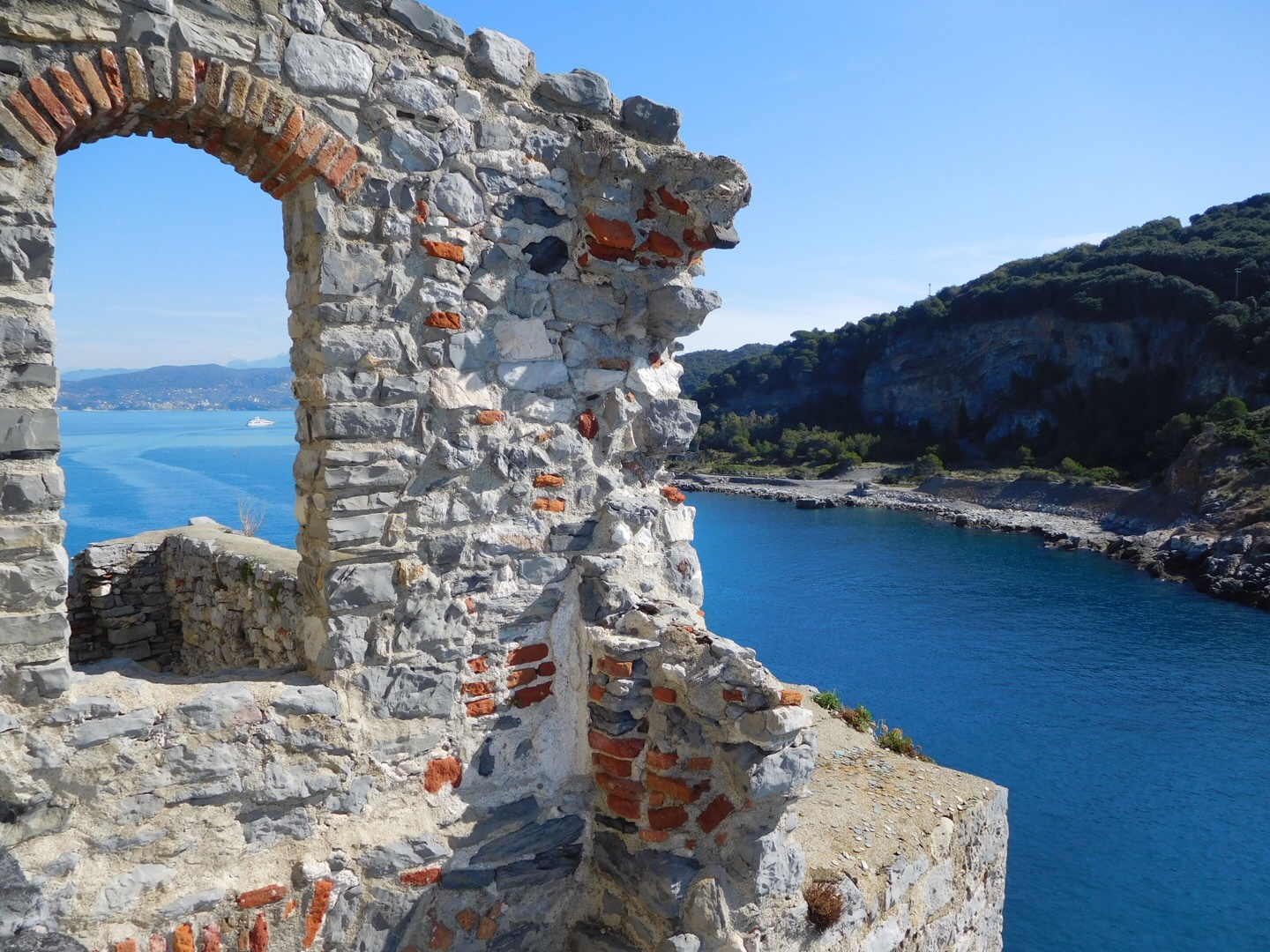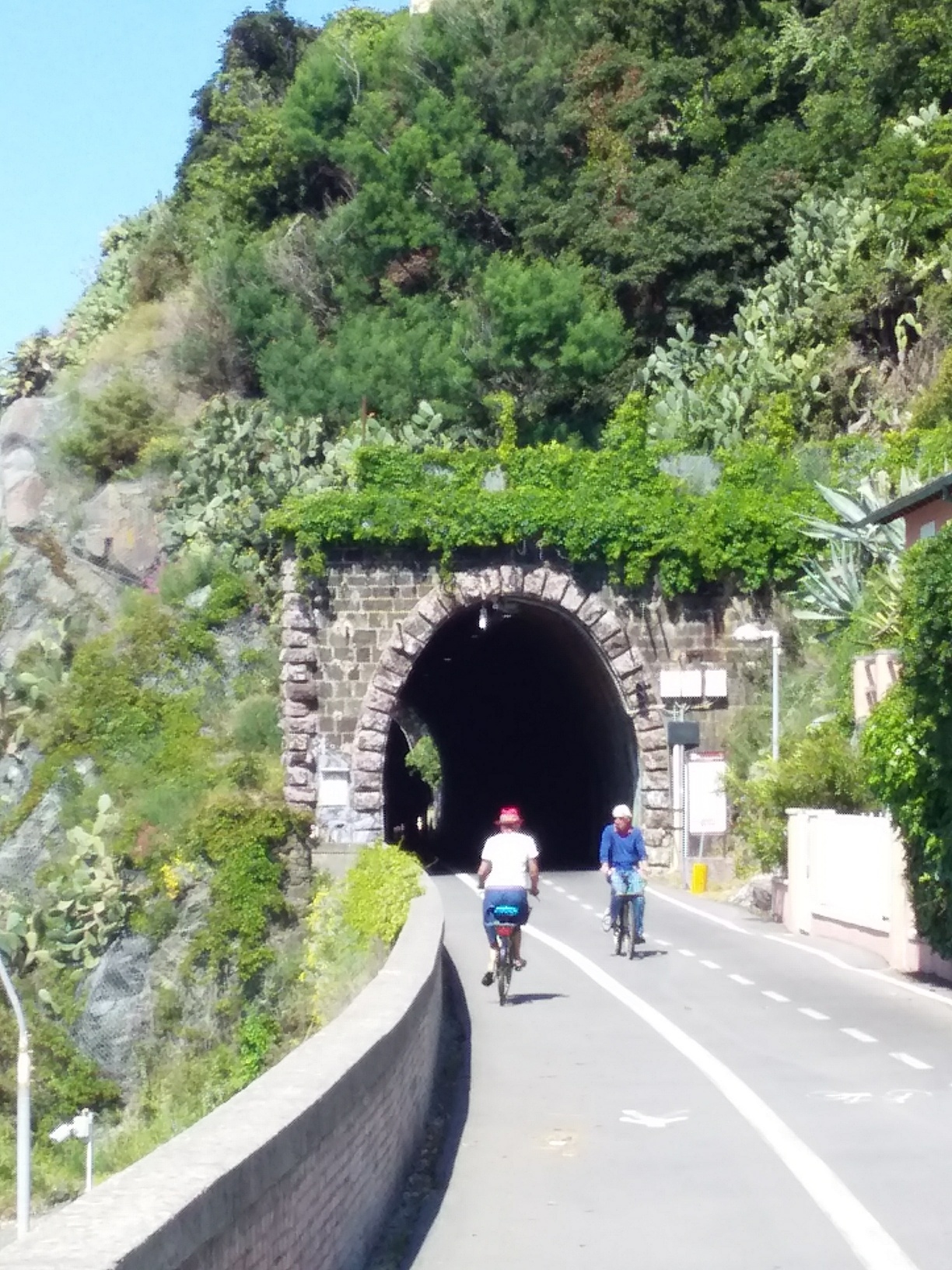When 90 Days Is Not Enough Part Three : The Permesso di Soggiorno
While getting an Italian Elective Residency Visa is an accomplishment and a cause for celebration for those who want to spend more than 90 days in Italy at a time, it isn’t the end of the process. Once a visa is approved, the Italian consulate adds it to the applicant’s passport and returns the passport. At that point, it’s time to breathe a big sigh of relief and prepare for the fun part - travel to Italy to claim the final prize: the permesso di soggiorno. Unlike the visa, which must be obtained in the home country, the permesso is obtained only in Italy. And once you’ve arrived in Italy, don’t delay - the application should be submitted within eight days of arrival and in the city where you’ve leased or purchased a place to live.
To get the application packet, go to a local Poste Italiane (post office) and look for a Sportello Amico (the window for all public administration issues) and ask for the “permesso di soggiorno kit.” You’ll receive a large white envelope with a yellow stripe. Inside are the application and instructions (in Italian). The application is fairly simple to fill out (samples and English instructions can be found online) but for non-Italian speakers, some help may be required. In many cities there is an office that helps with this type of paperwork. In Lucca, it is the INAC office (Institute Nazionale Assistenza Cittadini). Hiring a local lawyer is an option (but not a requirement) as one can provide advice and accompany clients to all appointments. This can be helpful to decrease the anxiety that comes with this process but is a more costly option.
One of two receipts I was given when filing my permesso “kit” at the Poste Italiane. Once you have yours, don’t lose it!
The completed permesso application, along with copies of the same documents submitted for the visa (all pages of passport, financial documents, proof of insurance, housing contract, etc), require a tax stamp (about 16 euro) obtained in a tabbachi shop. The entire kit with the tax stamp and all documents is then submitted back to the post office (same Sportello Amico window), where the application is reviewed and entered into the computer system. Payment for the permesso is made at this time. Check online for current fees and be prepared to pay with cash. The post office clerk will then make an appointment at the questura (local police station).
The questura appointment date and time is non-negotiable (it’s automatically assigned) and will generally occur one to two months from the date of application. Be sure to keep the two receipts given at the post office as they are proof that a permesso application has been filed, contain the date of the appointment, and tracking information. These receipts will be needed for the next appointment at the Questura. Legally, the receipts should be carried, along with a passport, until the actual permesso e-card is received. At the very least, carry a picture of these documents on a smartphone.
Plan to be present in Italy for the questura appointment and for the time between the appointment and the arrival of the permesso itself (generally four to six weeks). Some sources say that it is possible to leave and re-enter Italy to and from one’s home country with just this receipt, but there may be problems when traveling through another EU country. The safest bet is to stay put and begin to enjoy living in Italy!
Porto Venere
At the questura (arrive early, stand your ground to keep your place in line, and be prepared to wait) the applicant must present his or her passport, two passport-type photos (ideally taken in Italy as those from other countries can be the wrong size), and the receipts from the post office, and be fingerprinted. After that - more waiting.
In about a month the questura notifies the applicant that the permesso is ready and provides a date to pick it up. In my case, I submitted the permesso kit in mid-December, had a February 7 questura appointment, and in mid-March received my permesso card, about three months after my arrival in Italy.
The permesso is good for one year and can be renewed by submitting an application up to 90 days in advance of the expiration date. Note that the visa does not have to be renewed - once the first permesso di soggiorno is obtained, only it must be renewed to permit a continued stay in Italy (and travel within the EU). Be sure to carry the permesso card with you once it is received.
A final step in the process - after the permesso is obtained - is to declare residency at the local anagrafe (registry) office. This process varies from town to town, but is the official declaration of your residence in your new hometown and makes certain services available to you (for example, one can enter the Italian health system after declaring residency). This often involves a visit to your home by a local police officer to verify that you actually live at the listed address.
This whole visa, permesso, residency journey is not for the fainthearted. It takes persistence, organization, planning, and a real determination to live in Italy. It helps to do your homework and understand all the steps, and potential tax consequences, before beginning the process. Follow the instructions to the letter. In the end - license to live in Italy in hand is well worth the journey!
Please note: most of this information will apply to citizens of the United States and Canada and is based on my own experience of obtaining a visa in the U.S. as well as information gleaned from multiple sources. See part one (The Schengen Zone) and part two (The Visa) of this series for further information. -post by Joanne
www,portaleimmigrazione.it (site in Italian language only)
An enoteca (wine bar) in Bellagio, Lago di Como





























